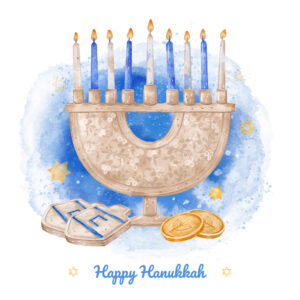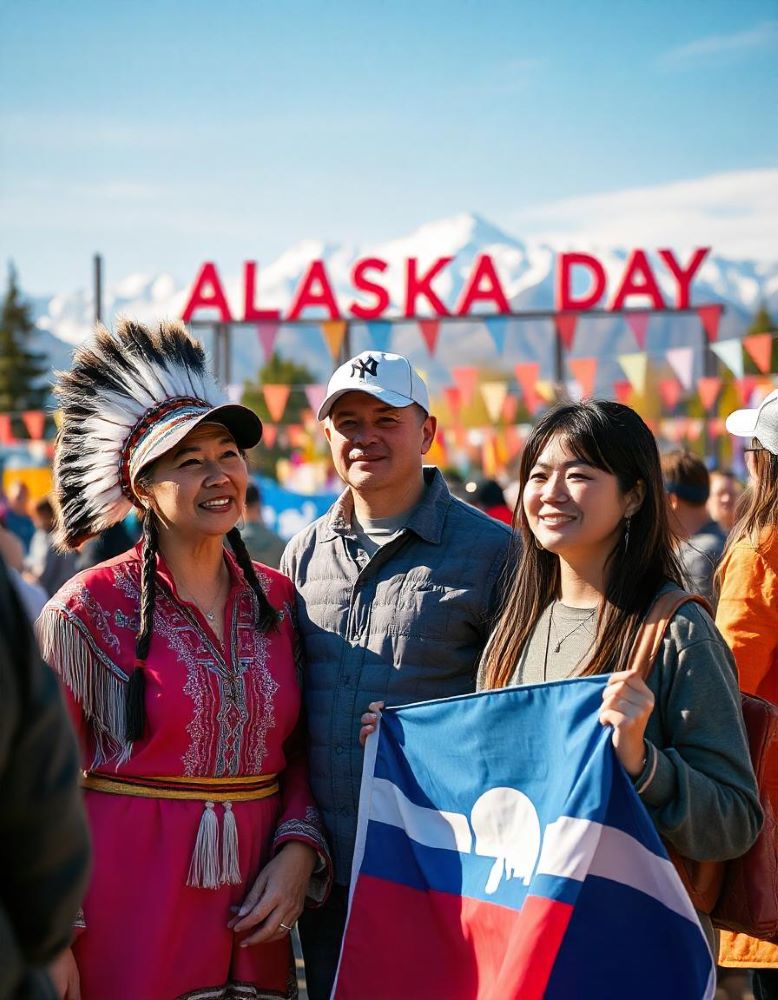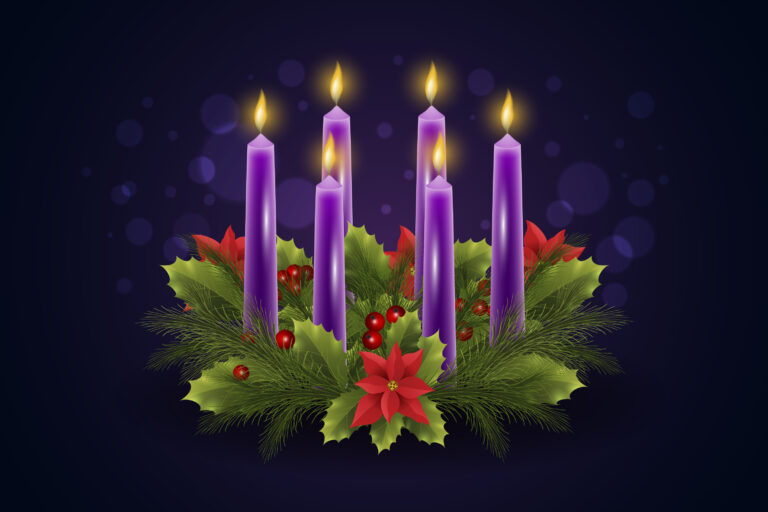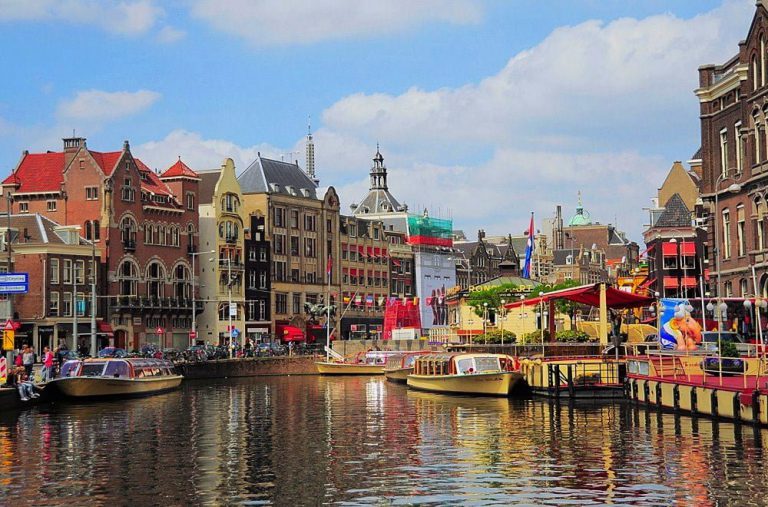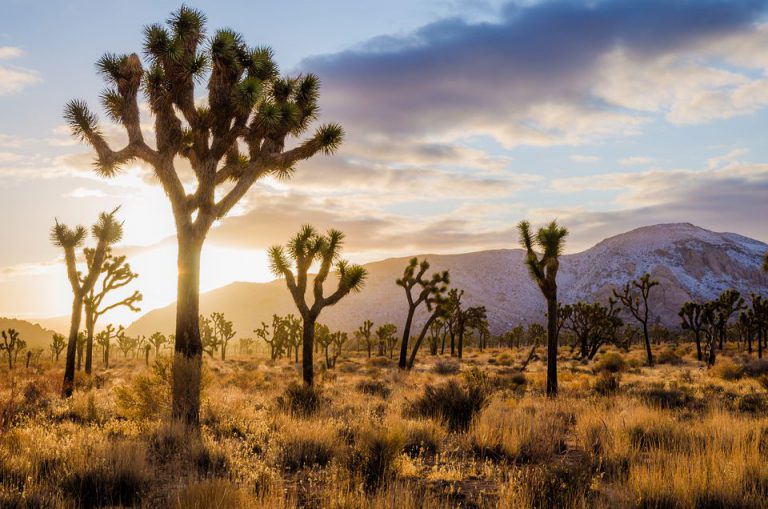This state holiday of Alaska Day celebrates the transfer of the territory to the United States from Russia on October 18th, 1867. The most significant celebration takes place at the location of this original ceremony, Sitka, where schools and offices close so that people may attend a parade and flag-raising reenactment. This Alaska Day festival lasts for three days and features a costume ball and dance show, military bands, concerts, military demonstrations, tours of naval ships, and races. The parade takes place at the Sitka National Ceremony. Marching unites, school bands, and participants in period costumes will be featured during this parade.
Background
The holiday celebrates specifically celebrates the actual transfer of land while Seward’s Day honors the agreement between the United States and Russia.
The Alaska Purchase Treaty was signed between the US and Russia on March 30, 1867. Seward’s Day’s namesake comes from William H. Seward, the Secretary of State at the time, who negotiated the treaty. The land was transferred on October 18th and cost the US $7.2 million.
Russia’s motivation to sell Alaska came from fear of war with Britain. Alaska did not want to lose the territory without any gain and decided to sell instead. Russia had just finished a conflict with Britain, the Crimean War, and worried that any future conflict with the country would prompt Britain to seize Alaska due to the country’s holdings close by in British Colombia. The Alaskan territory would be difficult to defend with the enemy located so much closer. The Russian Crown also needed to pay off debts.
While Alaska brought twice as much land as Texas into the United States possession, until the gold strike in 1896, it was not necessarily seen as a profitable venture. It also offered a strategic position during World War II. Americans picked a name from the Aleut language, a native language from the Aleut-Eskimo group, for the state.
The first informal celebration of Alaska Day included a flag-raising in Sitka with 250 American soldiers. The two groups ceremonially transferred the land by having the soldiers march to Castle Hill, the site of the Governor’s House, where Russian soldiers traded the Russian flag for the American flag. It became a state holiday in 1917.
Alaska fun Facts
- Some areas of Alaska have 24 hours of daylight, while other areas may have 24 hours of night.
- The state has 29 volcanoes and 3 million lakes.
- Alaska has 33,000 miles of coastline.
- Grizzly Bears, Polar Bears, Kodiak Bears, and other types of black and brown bears are native to Alaska along with seals, sea lions, and walruses.
- Alaska was first settled by whalers and fur traders. The Russians often performed missionary work in conjunction with fur trading ventures.
- Alaska produces 25% of America’s oil.
- The largest employer of Alaska is the seafood and fishing industry.
- Native inhabitants include the Eskimo and Aleut.
